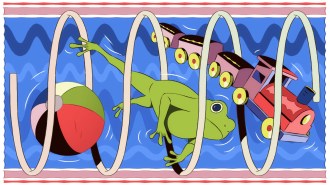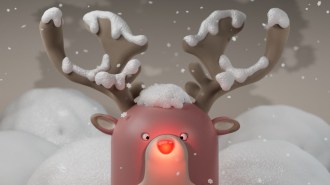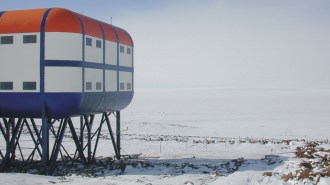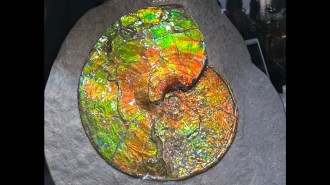Physicists explain how cheese rosettes form
Flowery curls of Tête de Moine result from variations in the friction between the blade and the cheese
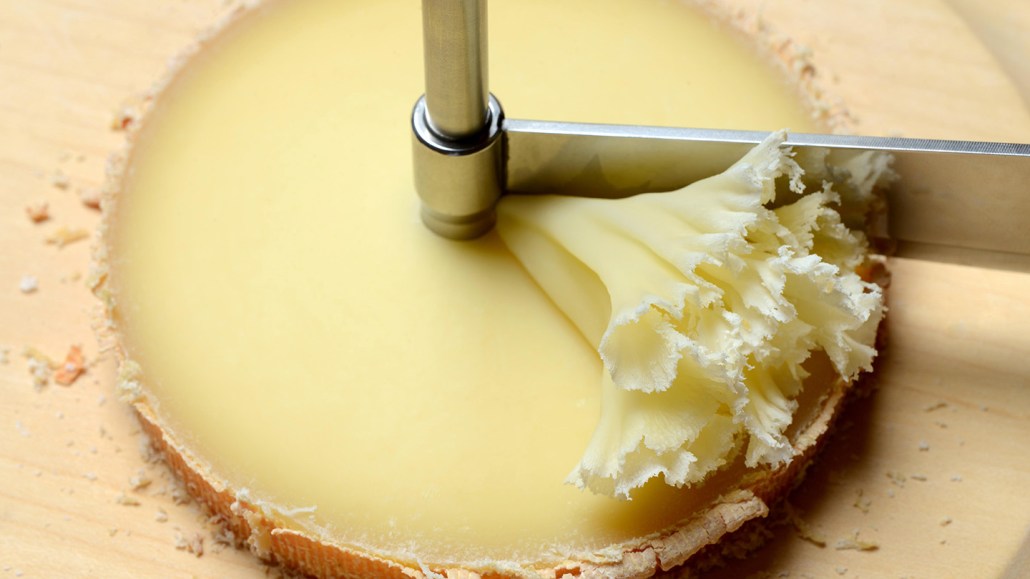
The cheese known as Tête de Moine is served by scraping it with a rotating blade to form rosettes (pictured). The shapes form because the friction between the blade and the cheese's rind is lower than the friction in the center of the wheel, physicists report.
Juergen Pfeiffer/imageBROKER/Getty Images Plus

